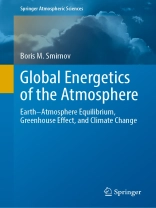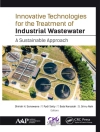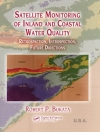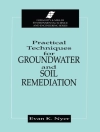This book looks at global atmospheric processes from a physical standpoint using available current and past observational data taken from measurements of relevant atmospheric parameters. It describes various aspects of the current atmospheric state and its future evolution, focusing primarily on the energetic balance of the Earth and atmosphere, and taking into consideration the multi-faceted global equilibrium between these two systems, carbon, and water. The analysis presented in this book restricts itself to those objects and processes that allow us to obtain reliable conclusions and numerical estimations, in contrast to current climate models with much larger numbers of parameters for describing the same problems. As a result, in spite of the roughness of numerical parameters, the book unveils a reliable and transparent physical picture of energetic phenomena in the global atmosphere. In particular, it shows that approximately only one-fourth of atmospheric water returns from the atmosphere to the Earth in the form of free molecules. It was shown that the contemporary warming of our planet has an anthropogenic character, and that the average global temperature increases due to an increase of the concentration of atmospheric CO2 molecules, via an increase in atmospheric moisture, as well as an increase in the amount of aerosols in the atmosphere. Accumulation of atmospheric carbon dioxide plays a subsidiary role in this process and gives approximately one-third in a change of the global temperature, while an increase in the amount of atmospheric water by as little as only 0.3% per year explains the observed warming of the Earth. The book shows how the greenhouse instability of the atmosphere evidently has its origins in the Eocene epoch, presenting an analysis of the influence of various types of global energetic processes on the climate that differs from the official stance on these problems.
Cuprins
Introduction.- Global Properties of Atmospheric Air.- Transport Processes in Atmospheric Air.- Condensation Processes in Atmosphere.- Energetics of the Earth.- Emission of the Atmosphere.
Despre autor
Boris M. Smirnov was born in 1938 in Moscow. In 1962, he graduated from Moscow’s Engineering-Physical Institute in theoretical nuclear physics and obtained his Doctor of Phys. Mat. Science in 1968. He became Professor of physics in 1970. Between 1962 and 1982, he was Head of Laboratory at the Kurchatov Institute of Atomic Energy (Moscow), then from 1982 to 1986, Head of Laboratory at the Institute of Thermophysics (Novosibirsk), and from 1986, Head of Laboratory and Head of Department, and, currently, Main Scientist at the Joint Institute for High Temperatures of the Russian Academy of Science. B.M. Smirnov was Member of the editorial board of several journals of various publishers. He was Professor at the Moscow Power Institute, Novosibirsk, State University and the Moscow Institute of Science and Technology, and is Laureate of the National Prize of Russia. His research focuses on theoretical physics, atomic, molecular, cluster, plasma, and chemical physics. He is the author of 60 books and about 500 papers.












